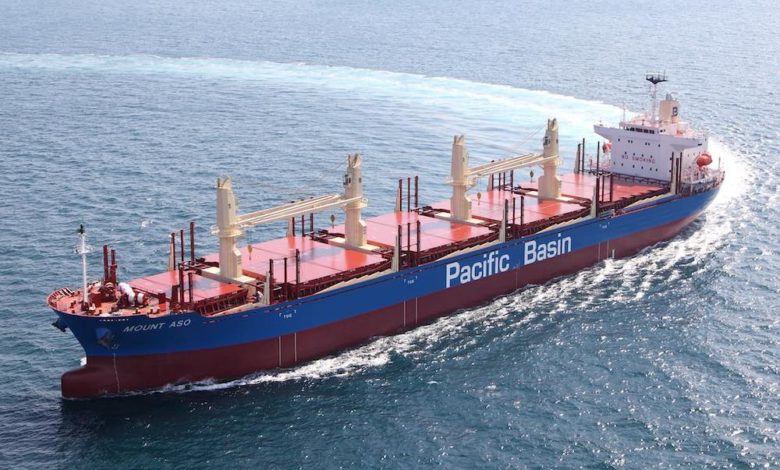Pacific Basin teams with Japanese duo for zero-emission ships

Hong Kong-based dry bulk shipping giant Pacific Basin has joined forces with Japan’s Nihon Shipyard and trading house Mitsui & Co to explore the development of zero-emission vessels and investment in related bunkering infrastructure.
The move comes in anticipation that the existing climate requirements for shipping established by the IMO will be further tightened in the coming years.
Under a memorandum of understanding, Pacific Basin will work with Nihon Shipyard, a joint venture between Japan’s two largest shipbuilders Imabari Shipbuilding and Japan Marine United, on the vessel design and construction, while its collaboration with Mitsui will investigate alternative fuel bunkering options and associated infrastructure as they seek mutual benefits in the ordering of zero-emission vessels.
Nihon Shipyard and Mitsui E & S Machinery were among those who received significant government funding last October to develop ammonia-powered ships with a target market entry date of 2028.
“Through this agreement, Pacific Basin will continue to be at the forefront of development within the industry, as we accelerate the transition and make zero-emission-ready vessels the default choice by 2030, and enable us to meet our target of zero emissions by 2050,” said Martin Fruergaard, CEO of Pacific Basin, which operates around 250 bulkers, of which 120 are owned.
“We are aligning ourselves with the key players in the industry, allowing ourselves to be at the front of the line for the purchase of these zero-emission vessels when they become available,” a source at Pacific Basin told Splash.
